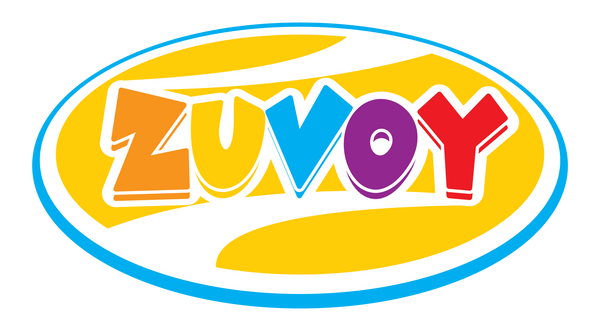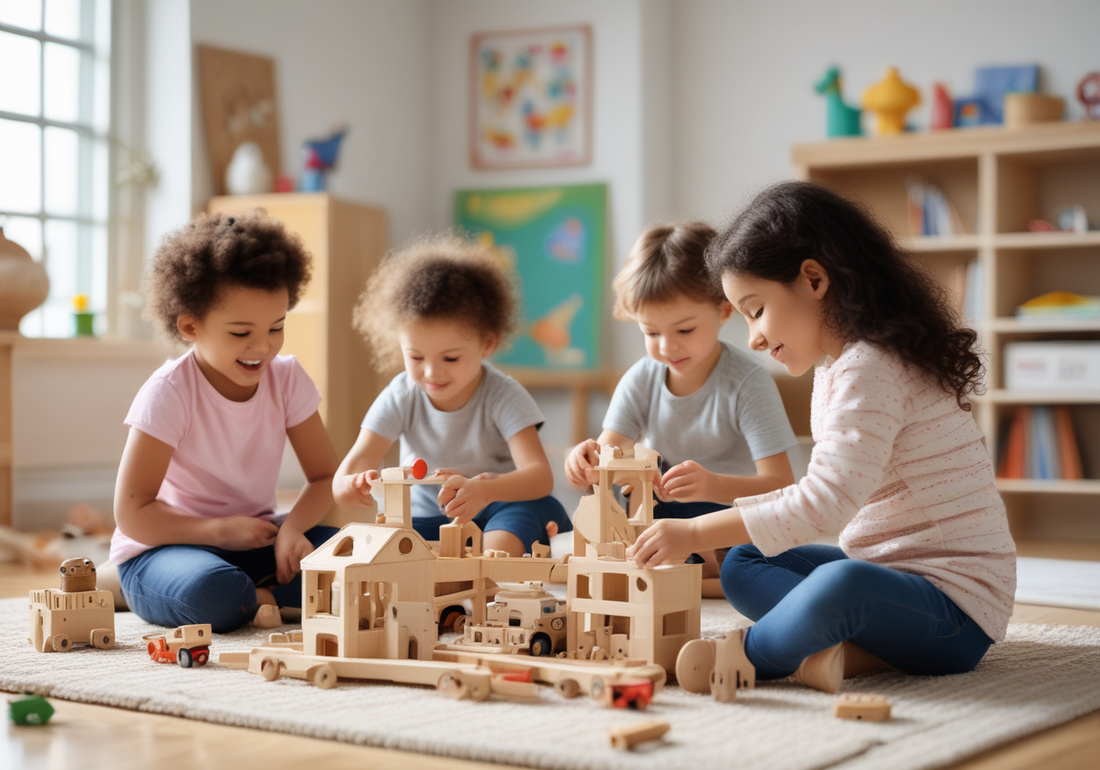Key Highlights
- Educational wooden toys foster creativity, cognitive abilities, and motor skills in children while offering endless fun.
- These toys are suitable for a wide age range, from toddlers to preschoolers, promoting development at every stage.
- Popular wooden toys include cubes for color recognition, jigsaw puzzles for puzzle-solving, and tracing slates for early learning.
- Build your child’s confidence with toys like building blocks that improve problem-solving abilities and hand-eye coordination.
- Many reliable brands offer high-quality wooden toys, available online with free shipping options like on Amazon.
Introduction
Wooden educational toys are now more popular, as people like how these toys help kids be creative. They also teach them basic skills, but still have a lot of fun in them. These wooden toys do not break easily, and they are much better for the earth than many plastic toys. They are also safer for children. There are lots of types, like alphabet puzzles and tracing slates, so kids are able to learn all these important ideas. You will find good options for wooden toys on Amazon, and some come with free shipping offers. If you want your child to learn and have a good time too, these educational toys made of wood are a great choice.
Types of Educational Wooden Toys for Different Age Groups
 Educational wooden toys fit kids of all ages. They give each age group a learning experience that works best for them. Toddlers do well with toys that help them use their hands better. They also learn about basic things like shapes, colors, and cubes, or with puzzles where they need to sort things.
Educational wooden toys fit kids of all ages. They give each age group a learning experience that works best for them. Toddlers do well with toys that help them use their hands better. They also learn about basic things like shapes, colors, and cubes, or with puzzles where they need to sort things.
Preschoolers do well when you give them building blocks or jigsaw puzzles. These help them figure out problems and build thinking skills.
You can buy these toys in many bright colors. Some toys use cardboard, but the wooden toys are tough and safe, so little hands will not get hurt. Some games help match pictures. Alphabet puzzles help kids with letters. All these toys help your child grow, learn more, and enjoy finding new things.
How do educational wooden puzzles aid in cognitive development?
Educational wooden puzzles enhance cognitive development by promoting problem-solving skills, hand-eye coordination, and spatial awareness. As children manipulate pieces, they engage critical thinking and fine motor skills. These interactive toys also encourage creativity and patience, making them an essential tool for early childhood learning and development.
How do educational wooden puzzles aid in cognitive development?

Educational wooden puzzles aid cognitive development by enhancing problem-solving skills, spatial awareness, and hand-eye coordination. As children manipulate pieces, they improve their fine motor skills and critical thinking abilities. Additionally, these puzzles often incorporate colors and shapes, making learning engaging and fun while fostering creativity and cognitive growth.
Toys for Toddlers (1-3 Years)

Playing with the right toys can do a lot for a toddler's growth. Educational wooden puzzles help kids use their motor skills. They let children play with shapes and colours. Kids get to learn by touching and moving these toys.
You can also give them building blocks and picture matching games. These toys help with thinking skills and let kids be creative. When you use tracing slates, kids have fun. At the same time, they practice the alphabet and get better at puzzle solving. This makes learning feel like a game and helps them enjoy every day as they pick up new skills.
Toys for Preschoolers (3-5 Years)

Playing with educational wooden toys is a great way to help preschoolers build new motor skills and learn. Jigsaw puzzles with bright colours and people or things they know help kids learn picture matching. Building blocks let children get creative and learn about space and shape. Alphabet cubes make learning letters fun. Tracing slates give kids a way to work on their hand-eye coordination and small movements. When kids use these toys, they do not just have fun, but also make steps in learning skills they will need later on. This sets up a good base for learning as they grow.
What age group is best suited for educational wooden puzzles?
Educational wooden puzzles are best suited for children aged 1 to 6 years. This age group benefits from engaging with puzzles that enhance motor skills, cognitive development, and problem-solving abilities. The tactile nature of wooden puzzles also promotes sensory exploration and fosters a love for learning during these formative years.
Conclusion
In the end, educational wooden toys give children a good mix of fun and learning. Kids of all ages can use them. These toys help kids grow their motor skills, spark creativity, and let them use their imagination. They also make it easy for children to solve problems and improve thinking skills. When you bring in these wooden toys, you make a safe space for your child to learn, play, and feel things with their hands. Pick the best wooden toys for your child's age to help them both learn and have a good time. If you want to know more, or if you want help when choosing these toys, feel free to ask for a talk.
Frequently Asked Questions
What skills do wooden toys develop in children?
Wooden toys help build many skills in kids. They are good for motor skills, coordination, and how children think. Toys such as building blocks and puzzles make it easier for kids to solve problems. When kids sort or stack these toys, they use creativity and pay close attention. Wooden toys let children learn with their hands, which helps their growth in every way.
What are the developmental benefits of educational wooden puzzles for children?
Educational wooden puzzles enhance children's cognitive skills, improve hand-eye coordination, and promote problem-solving abilities. These puzzles foster creativity and patience while encouraging fine motor development. Engaging with different shapes and colors also boosts sensory awareness, making them a fun and effective learning tool for young minds.

